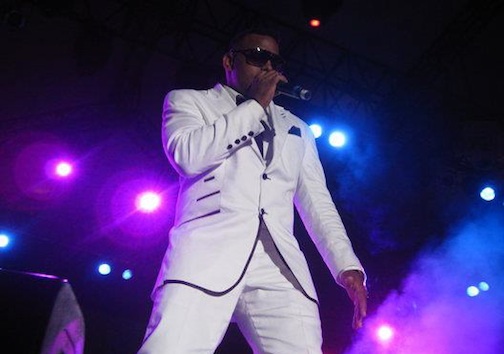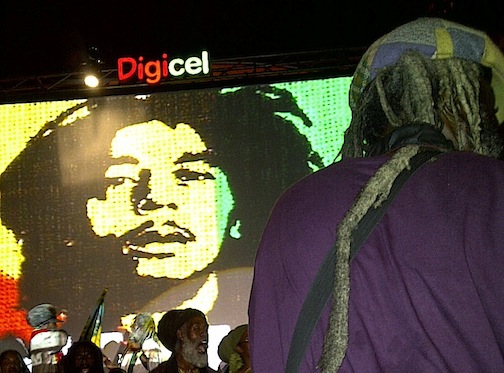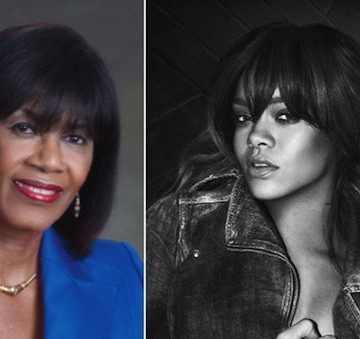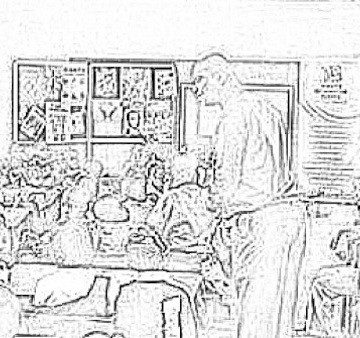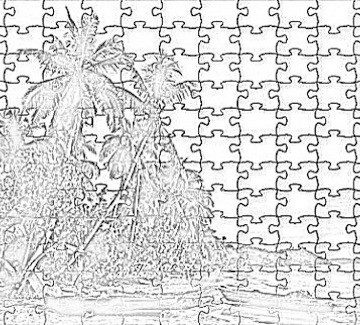Op-Ed: Dance and Jamaican Politics
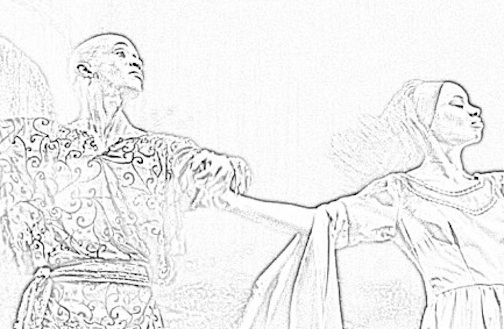
By Lorenzo Smith
Op-Ed Contributor
Dance as an expression and practice of relations of power and protest, resistance and complexity, has been the subject of a number of historical and ethnographic analyses in recent years. These analyses complicate issues of ethnicity, national identity, gender and less, commonly, according to Susan Reed.
Reed postulates the magnitude and importance of the art form we view at surface level. Dance does not only entertain, but is uniquely positioned to capture the horrors and hypocrisies of conflict within our society. Developed nations have been using the art from (dance) to explain the social ills of their societies; one such example is the work of William Forsythe of the United Kingdom in his ballet Three Atmospheric Studies. This work tackles the Iraq war, highlighting the horror, personal devastation and hypocrisy of the war.
Dance is a weapon in the revolutionary class struggle. Rex Nettleford used this weapon to voice the struggles of a people in search of an identity. He saw dance as the vehicle to transport the struggles of the marginalized and discriminated. In one of his most recent works, he brought to the stage the plight of New Orleans in Katrina (2006). This work inevitably poses questions about dance’s relationship with political content.
Can a non-verbal art form that has been obsessed for centuries with beauty have anything profound to say about social and political problems?
Many dance purists will argue that dance should remain untainted by politics. These purists might be of the opinion that that choreographers mix dance with politics because it is the only way to get attention or that much-needed grant. Critics of dance and its contribution to politics might say that dance is at a disadvantage because of its lack of words. Movement may be more powerful and subtle than text when it comes to capturing the visceral dynamics of emotion, the sensual textures of experience — however it can present only the most generalized of facts, the most obvious symbols, the most stereotypical of narratives. It cannot analyse, it cannot argue and it cannot contextualize, according to Mackrell.
Conversely, it is the lack of specificity in dance which is the source of its power and provocation.
One group’s wrong can be another group’s right, because each person has his or her own truth about history. Dance is more open-ended than a verbal argument. Each person can read his or her own story in it, as images vary in meaning. Thus dance can effectively covey messages informing the society of the complexities within.
Too often, patrons complain of high-minded dances, that the art should remain in its purest form and maintain its beauty. It is this writer’s firm belief, however, that the art form can and should satisfy a dual purpose — of education and entertainment.
Alvin Ailey, one of America’s renowned choreographers and Artistic Director educated American society as well as entertaining it with his masterful Revelations (1960). This ballet dealt with the indomitable spirit of African-Americans living in the South, Ailey showed where African-Americans used their firm beliefs and deep rooted spirituality to overcome slavery and discrimination. In said demonstration, Ailey proved that the dance can entertain and educate, making his contributions to the political and social commentary of the Civil Rights movement in America through the medium he knew best. Ailey had something to say and he said it in his dance.
Dance theatre in Jamaica should not only be about dancing; it should open the forum to accommodate politics, dissent and protest. Nettleford posits that dance in Jamaica continues to be one of the most effective means of communication, revealing many profound truths about complex social forces operative in a society groping toward both material and spiritual betterment.
Dance, then, has the ability to accentuate areas where economics and politics have ignored. Art break rules, rules of what is considered beautiful. It is sometimes the unruly, “undancerly” political aspects that appeal to choreographers, so they produce works like Court of Jah (1975) representing the voice of the Rastafarians, a group that has more than a passing relationship with discrimination.
There are choreographers and dancers who do not want to just keep dancing for the sake of it. They want to keep thinking. Dancers and choreographers who are thinking will highlight the plight of abused women, street children and even the Tivoli incursion of 2010 in Kingston Jamaica. These are the complex social forces that dance in present day Jamaican society should try to unravel.
Dance in pre-emancipation Jamaica had a strong voice, which was anti-slavery. The suppression, prohibition and regulation of indigenous dances under colonial rule were an index of the significance of dance as a site of considerable political and moral anxiety, according to Jean Comaroff.
Colonial administrators perceived indigenous dance practices as both a political and moral threat to colonial regimes. Therefore, colonial agents would enforce bans or reform on these dance practices. It is evident that the slave masters realized that there was power in the dance and, as such, they wanted to eradicate every ounce of this power from their plantations.
It therefore begs the question, where is this power in a post-independence Jamaica? Why have more issues not been dealt with by the dance of present day-Jamaica? Credit must be given to choreographers such as Oneil Pryce and Neila Ebanks, who continue to transcend audiences into the realm of analysis and open up the medium for discourse through their experimental choreography.
In many postcolonial nations, the dancer of valorized national dance comes to be idealized as an emblem of an authentic pre-colonial past. Where necessary, dancers come to stand in for the nation at local, regional, national and international festivals and other occasions.
As an embodiment of cultural heritage, the dancer becomes inscribed in nationalist histories and is figured to conform histories. Ambivalence about dances and their practices is often evident, however, because the practices themselves often resist being fully incorporated into nationalist discourse. Such is the case with the National Dance Theatre Company. This company is held in high esteem within Jamaican society, a dance company that is often called on to represent the country at the local, regional and international levels through its extensive tours.
Dance is a powerful tool in the shaping creation of nationalism among the people, often more so than political rhetoric or intellectual debates. Nettleford was acutely aware of the power that lies within dance, hence his creation of an entity such as the (NDTC).
I conclude this brief discourse by presenting two quotations from Rex Nettleford which concretize my argument that of the importance of dance to the political landscape of Jamaica:
“It is the connection between the creative imagination and social reality that the National Dance Theatre Company is committed to projecting and promoting.”
“The dance is not only a performing art, it is also an art of community effort that proclaims the virtue of cooperation over unrestrained individualism.”
Lorenzo Smith is a teacher at The Queen’s School in Kingston, Jamaica.
Note: the opinions expressed in Caribbean Journal Op-Eds are those of the author and do not necessarily reflect the views of the Caribbean Journal.


